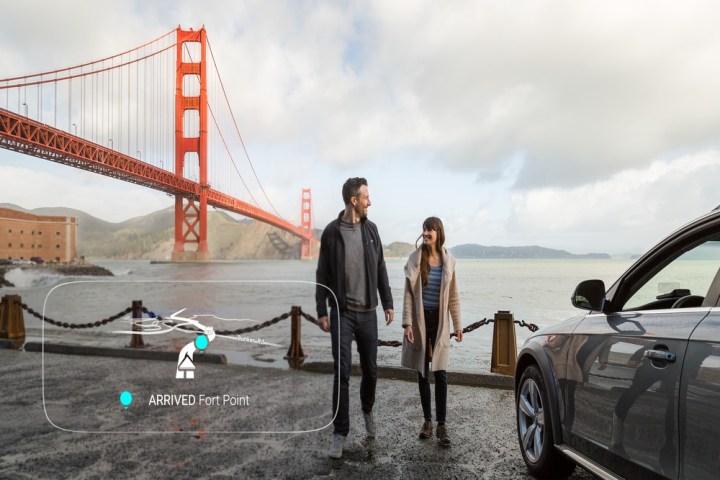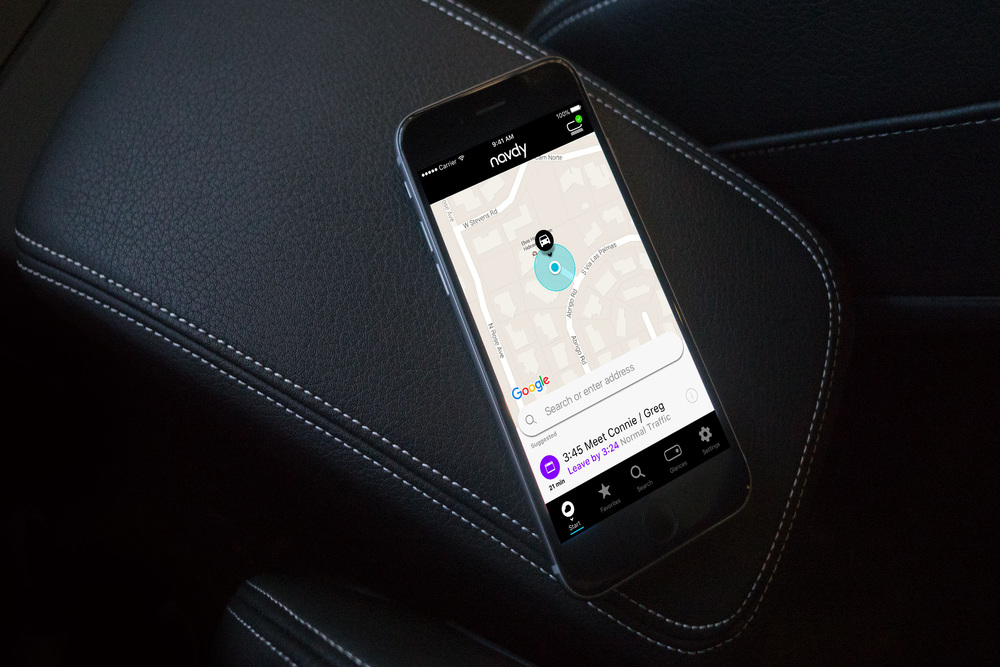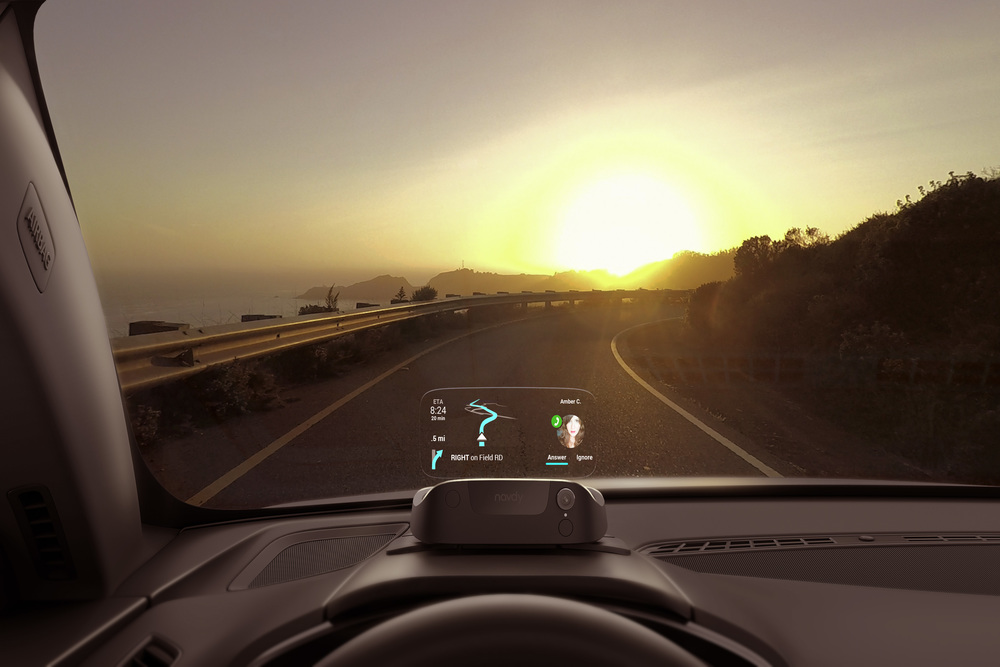
It only takes a glance at distracted driving statistics to drive home the fact that smartphones were not designed for the car. The apps that run on these devices tempt drivers to take their eyes off the road, a dangerous act even for just five seconds.
Enter the $800 Navdy head-up display (HUD), a compact, dash-mounted unit that features a high-quality projection display paired with voice and gesture control. The intuitive combination helps drivers stay focused on the road while still being able to utilize essential navigation and communication app.
It’s been an agonizing wait for backers of the Navdy’s crowdfunding campaign way back in 2014, but 6.7 million pre-orders and an extended beta testing period later, production units finally begin shipping today.
Down to headquarters
To get a first look at the Navdy, I headed down to the company’s headquarters, a startup-esque warehouse space located (appropriately) above an auto garage in San Francisco’s Mission District, where I spoke with Navdy co-founder and CEO Doug Simpson. When I asked what spurred the creation of the device, I was awarded a frank response. “Honestly, the idea came from one too many ‘oh s***’ moments in the car,” said Simpson. “Touchscreens are really distracting and stressful for drivers.”
Navdy was designed directly in line with distracted driving studies from the likes of Virginia Tech. “We integrated all of the factors from the studies in order to eliminate distractions,” noted Simpson.
The Navdy’s display, which uses optics engineered by the startup’s own team of researchers, projects onto a transparent screen that’s 40 times brighter than an iPhone, Simpson said. Onscreen images appear to be floating roughly six feet away, an effect accomplished using same technology that commercial airliners employ to ensure pilots maintain view of the runway during takeoffs and landings. That’s no accident: the Navdy was designed to comply with the National Highway Traffic Safety Administration’s guidelines around distracted driving. “We had a dialogue with them,” he said.
The user interface looks pretty neat and easy to use. Most interactions are handled with gestures — texts can be read and calls answered (or ignored) with either simple audio commands or a swipe of the hand thanks to integrated wide-angle sensors. But others require the use of what Navdy calls the Dial, a single-button rotating dial that straps onto a steering wheel. It provides both a means of navigating through the Navdy’s menus and quickly launching apps: a double tap on the music app; a long press switches on your phone’s voice assistant — Siri on iOS or Google Now on Android; and a triple tap brings up brightness controls.
Navdy attaches to car dashboards with three different mounts, all of which use a magnetic connection that makes moving the unit between cars easy.
Additionally, Navdy can read communications from text or social media aloud, and allow you to answer or decline calls. Handily, there will also be parental controls for the communication functionality to further limit distractions for teens, and a “find your car” feature that uses the Navdy’s built-in GPS — a unit “twice to four times as accurate” as the GPS in your phone, Simpson boasted — to mark the location of your car in a parking lot.
Other features at launch include Navdy’s ability to connect to your car’s computer via the OBD-II port and display speed, RPM, miles to empty, and other useful stats – something car aficionados are sure to appreciate. In the future, Navdy will add further capabilities — the company plans to roll out weekly software updates with bug fixes, performance enhancements, and new features.
Of course, one of the most attractive things about Navdy is that you don’t have to buy a new car to take advantage of HUD technology. And since it’s so small and simple to set up, it can easily be moved between cars. Plus, the fact that it has its own integrated Bluetooth makes it a handy accessory for those with older cars.
I recently gave up a later model vehicle with integrated Bluetooth for a less expensive older vehicle. To my dismay, I find Bluetooth one of the few features I really miss. With the Navdy, though, I could get that hands-free functionality with the extra cool factor of the head-up display. That definitely makes this device an attractive option.
Article originally published August 2014. Updated on 10-25-2016 by Kyle Wiggers: Added news of launch.
Editors' Recommendations
- The 6 best remote car starters in 2024
- Elon Musk to hand over first Giga Berlin Tesla cars on Tuesday
- Best Apple CarPlay head units
- Apple CarPlay set for a major update, including new dashboard screen, this fall





